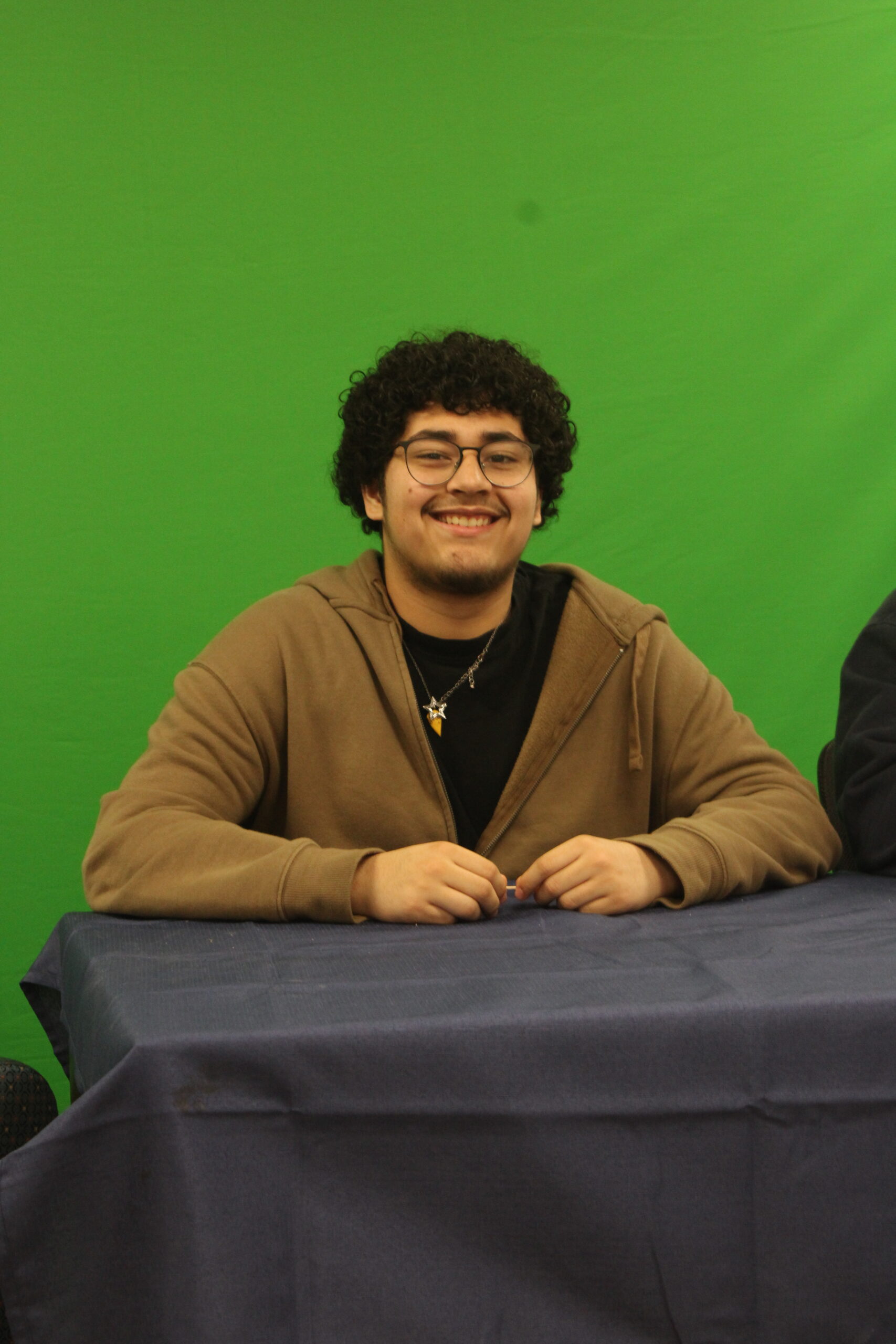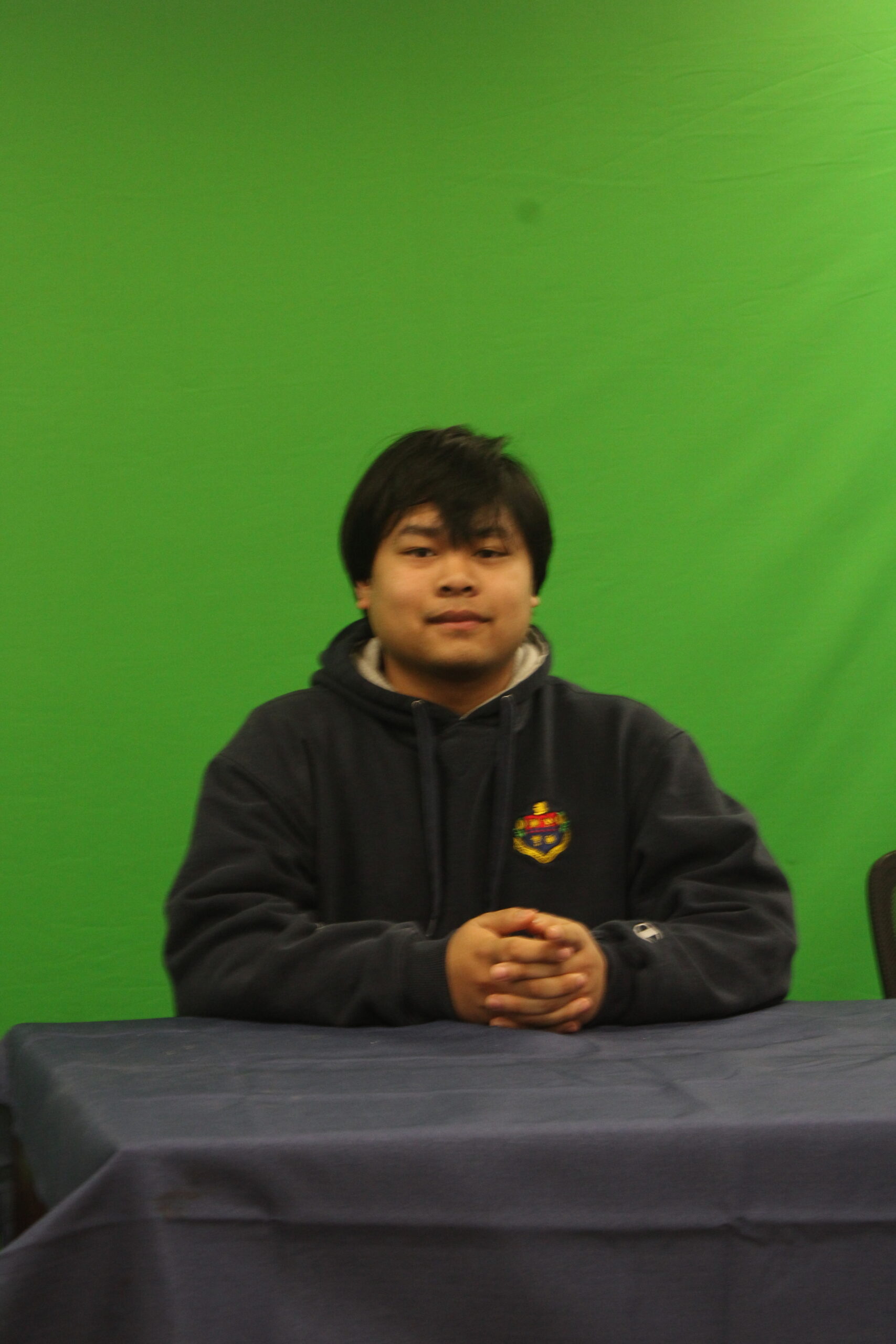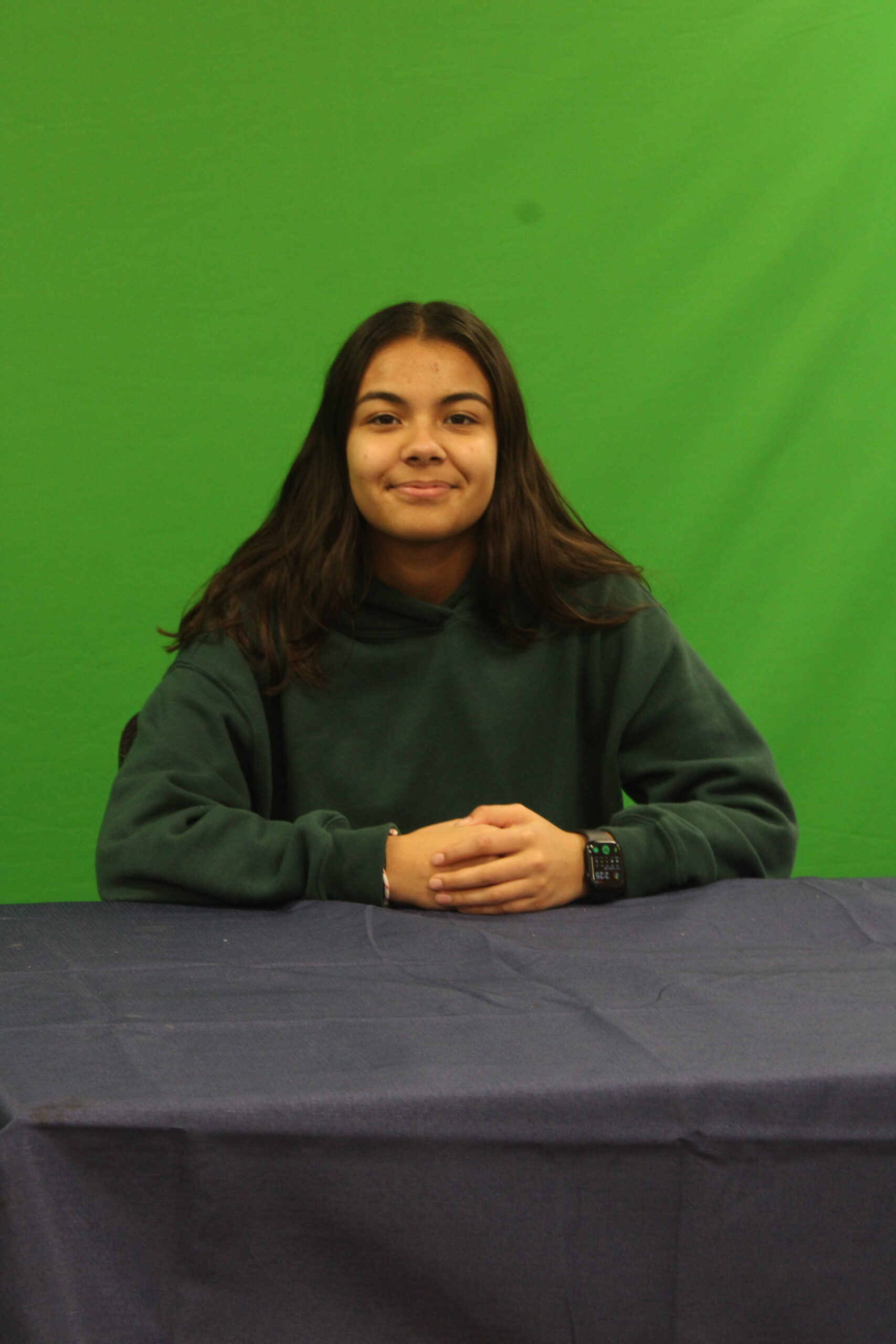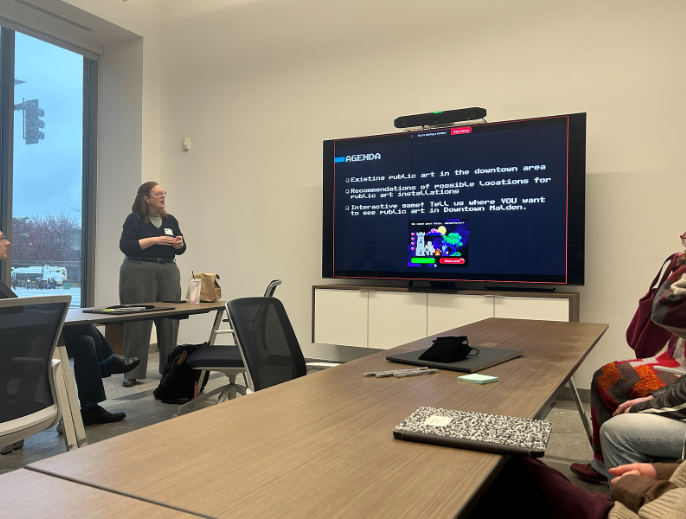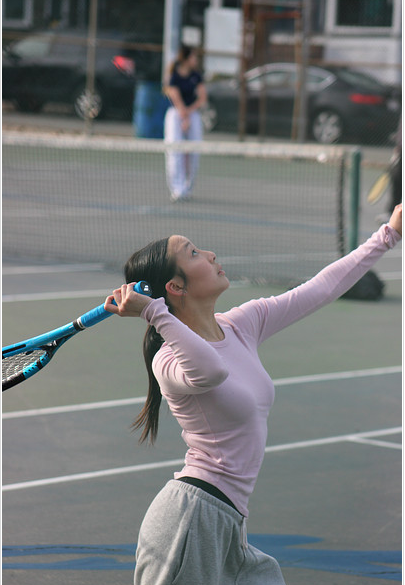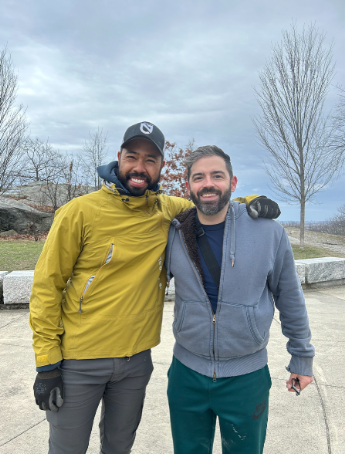
In the bustling halls of Malden High, amidst the flurry of textbooks and chatter, exists a place of creativity and innovation—the High School’s Media Club. Within this dynamic space, students and teachers are not just passive consumers of media but vibrant creators, shaping narratives, capturing moments, and amplifying voices.
From producing captivating interviews to learning the tools of the trade, the Media Club serves as a joy block of expression, fostering collaboration, imagination, and a profound appreciation for the power of information in the digital age.
Teacher and club advisor, James Valente, started up this club around the creation of Joy Blocks as a whole at Malden High. Within, students have the opportunity to learn about the production, creation, and social aspects of media and what it takes to make a school-wide broadcast.
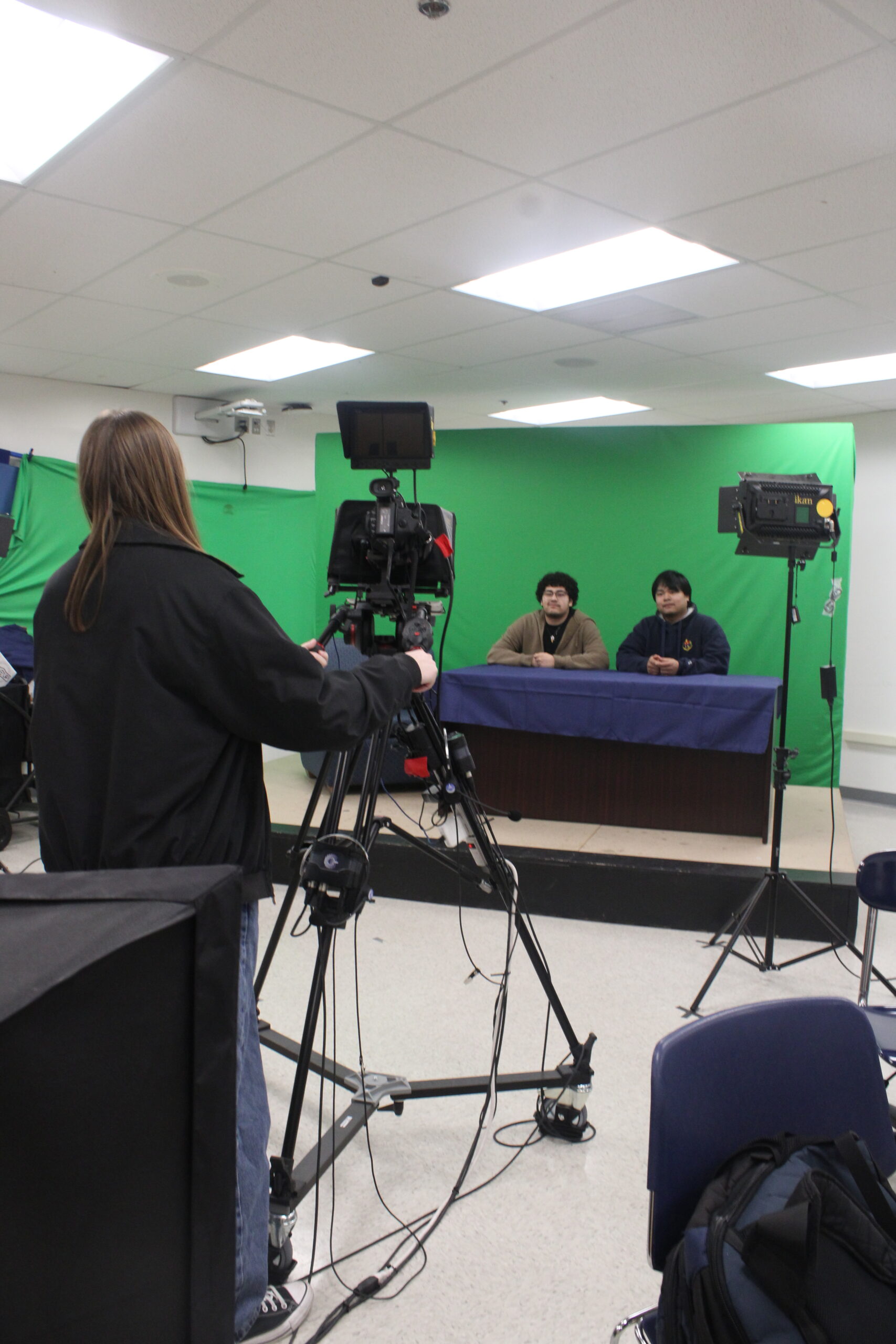
“The club has given us more leeway to do the things that we can’t do during class, which has been what we wanted to do,” Valente remarked. He then went into detail about how the whole idea was created. Back when lockdown restrictions were starting to be relaxed, Malden High adopted a new schedule in place of the waterfall schedule. As such, the media club no longer needed to do the morning announcements. However, Valente was approached by Heitor Soraes, who brought up the idea of making the club more video-based and working during the newly introduced joyblocks.
With the idea implemented, Valente sought to create the club itself but he was worried about student participation. “We thought there’d be three or four kids to sign up and ended up being like 25 kids that wanted to be involved!”
However, nowadays with the changed schedule the club can suffer from shortages or overages of personnel.
“We’ve got sometimes when we’re overstaffed and sometimes when we’re understaffed based on what’s going on.” Valente continued saying “Heitor [Soares], who’s involved in play production or Jackson Gordon, who’s involved with the travel club joy block. Some days we have 12 students, sometimes we have eight, and sometimes we have 20,” Valente described.
After the idea was fleshed out, the club began to come up with ideas for their broadcasts, with the center focus being “Talk with a Tornado” where the crew would spend the segment interviewing a student or faculty member and bringing the moment to classrooms across the school.
Heitor Soares, a junior, talked about his process for scheduling interviews, detailing how he would find a candidate, run them by Valente, ask the interviewee if they would like to be on the show, runs the interview questions by them, and then films the episode. However, he states, “I like improvising questions and stuff because that’s where you get most of the genuine answers from people.” He continued, shifting to how the joy block has affected him saying, “I get recognized a lot and people know me for my interviews. The club also helps me get more comfortable behind the camera and doing something that I really enjoy!”
Valente then began talking about his role from the creation of the club, to the present day.
“At first, I was very hands-on because I wanted the kids to be able to see the kind of quality that we were looking for. Right now I’m almost hands-off in regard to the fact that I don’t have to touch the board.” Valente continued saying, “I don’t have to set up the cameras, they understand all the framing angles, they understand the lighting, they understand the editing scheme, and they understand what we’re doing for the score.” At the moment, Valente’s job as an advisor is to provide challenges, use his connections to get whatever the club needs, and provide the occasional on-set support.
“I want these kids to be able to learn on the bare minimum because if they are ever put in a situation where they’re handed the bare minimum, they’re not gonna feel like “I can’t get this done” They know they can get it done. They’ve worked at that level. I think that’s the best way to do it.”
Valente went on to mention how the growth that the students have made this year was tremendous. “It’s not very easy, but that’s because they’ve been through the valley. They’re at a peak now because they’re getting good at it and they feel confident with it.” Valente finished his thoughts by saying how, “Sitting in front of a camera with the lights on and recognizing that you’re going to interview someone face to face, kids need it.
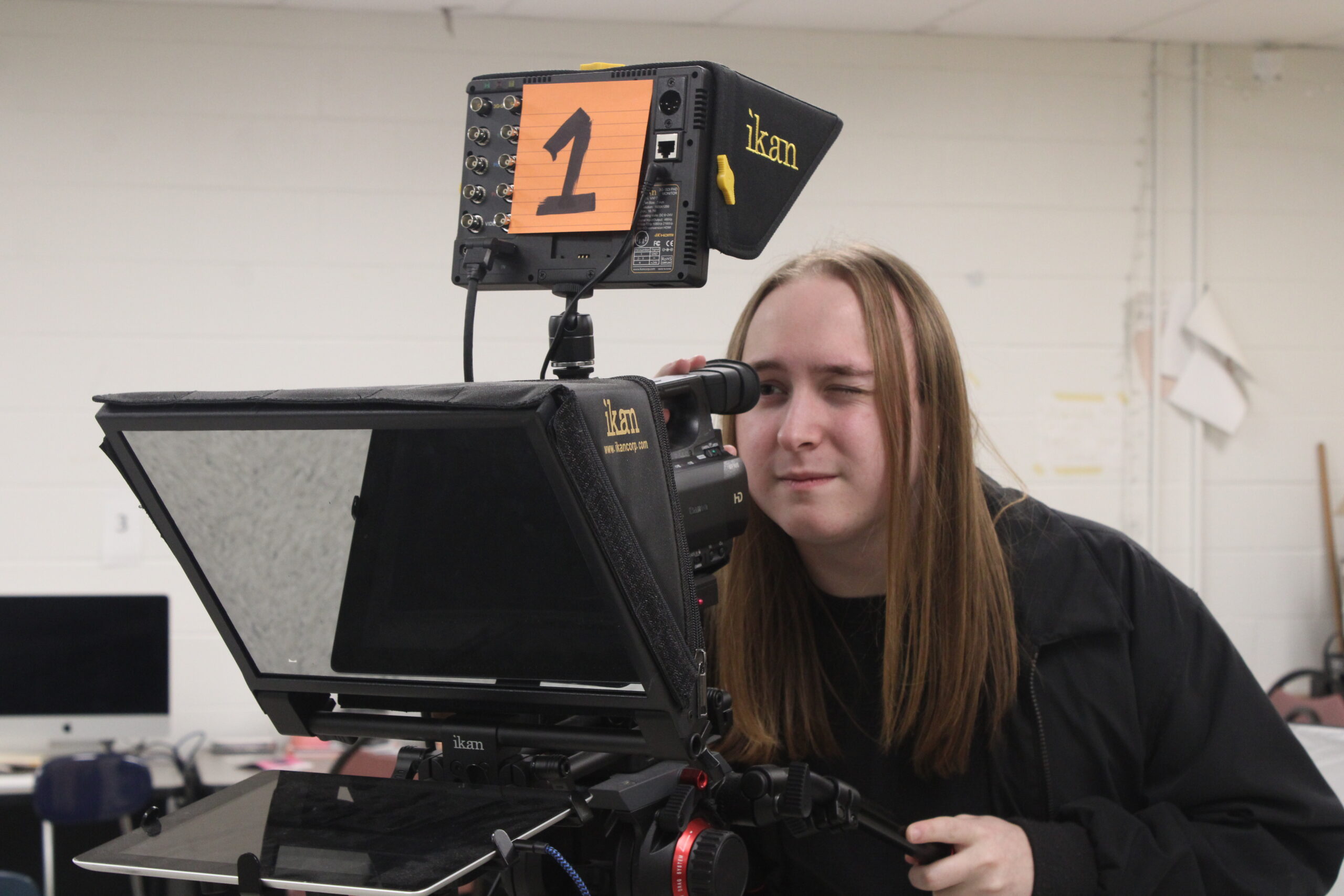
James Jose, a senior, commented further, saying, “At first I was really scared of it because as he said, the fear of being on camera and people knowing me and seeing me posted around the internet, it’s nerve-wracking at first. But after doing it, and interviewing the people, I ended up finding out that it is really fun and talking to these people is fun. Even the mistakes that I make on camera. I feel like those are very crucial steps to take and to get better at this.”
Dominic Nesta, another senior, described the editing process of the show, detailing how the process can be extremely calm or overly frantic depending on the results of the filming.
“For example, the coloring on the most recent one we did was a bit messed up so I had to play around that a bit. But sometimes editing can get bad if you are missing something or the file gets corrupted or if the audio gets cut out, and you have to somehow salvage it which I’ve had to do often but I enjoy it. I think editing is probably my favorite thing to do.”
Senior Beatriz Santos gave a rundown of the process for making the average episode of MHS TV. She begins by saying how the lights and cameras need to be set up to make the host and interviewee presentable, and to make sure the teleprompter is ready to go. Filming begins as soon as the stage manager confirms every station is ready to go.
Once filming is wrapped, it is placed into a file and sent to the editing team who go over the recording, fixing and cutting certain bits until they have created a video that is ready to be sent out to the public. Although this process seems simple, it often can take longer than 3 hours on average just to wrap up the editing not including the necessary time to upload the file which can take another hour.
Although the process is long, every member enjoys it. However, the club faces difficulties in finding the time for it as Santos described, “I think our biggest issue is that it takes us so long to come back to another Joy block because it’s a two-week cycle. We have so much time to prepare that we’re just kind of waiting until we can finally get in production and start doing stuff.”
All in all, the team considers itself a family as they have become incredibly close due to the trials and tribulations they have faced together. Nesta mentioned that “we’re kind of all a family now.” He continued, detailing how much this club has impacted him saying, “ I kind of, live in this room now. I’ll sleep, I’ll eat and I’ll work in here all day.”
Jose continued, “I think that the Media Club brings us like people closer together it kind of feels like we’re gonna have a big working family and I think that’s important, especially in a school environment.”
Students who are looking for an innovative, challenging, and extremely worthwhile experience, should consider signing up for the MHS TV joy block at the beginning of the fourth quarter.

